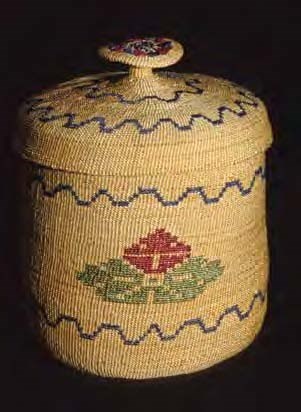Part of a series of articles titled World War II Aleut Relocation Camps in Southeast Alaska.
Article
World War II Aleut Relocation Camps in Southeast Alaska - Afterward

Aleutian Pribilof Islands Association
The group of six World War II Aleut relocation camp sites in southeast Alaska do not qualify as a National Historic Landmark. They are historically significant, but they don’t retain enough integrity to convey that significance. This reflects the inevitable decay of wood buildings in a temperate rainforest – not the degree of hardship experienced by Aleut villagers during World War II, or the historical importance of their sacrifice. Graves at Funter Bay, Killisnoo, and Ketchikan remain the most poignant reminders in southeast Alaska of the Aleut relocation (Figure 228).
The investigation was successful in acquiring the information needed to make a determination of National Historic Landmark eligibility. Physical evidence was a critical data set. Onsite observations and photography recorded each site’s condition in 2008, or 2011 for the Ward Lake CCC camp. That data may be useful for future cultural resource management. Neither the archival research nor the oral history effort were exhaustive, and more sources remain untapped. However, the combination of onsite information, archival data, and oral history allowed balanced characterizations of each site’s past land use. The camp-specific focus makes clear that the Aleut internment was but a three-year interval within each site’s history. Each property had at least a decade or more of operation prior to World War II, and each property had a postwar history – albeit in most cases one of building salvage, outright demolition, or decay in place. Hardly touched upon in this volume were the prehistoric or early historic Native occupations of these localities.

Each of the six sites discussed here are worthy of additional onsite, archival, and oral history investigation. Artifacts from the relocation period are few (Figures 56, 229). Archaeological excavations may someday find physical evidence significantly expanding our contemporary understanding of the Aleut internment experience. In the meantime, this volume is intended to transcend the National Historic Landmark evaluation process and serve as a commemoration of place – collectively, the six World War II Aleut relocation camps in southeast Alaska.
For a complete PDF or hard copy of this book including a bibliography, please contact us.
Last updated: February 14, 2021
